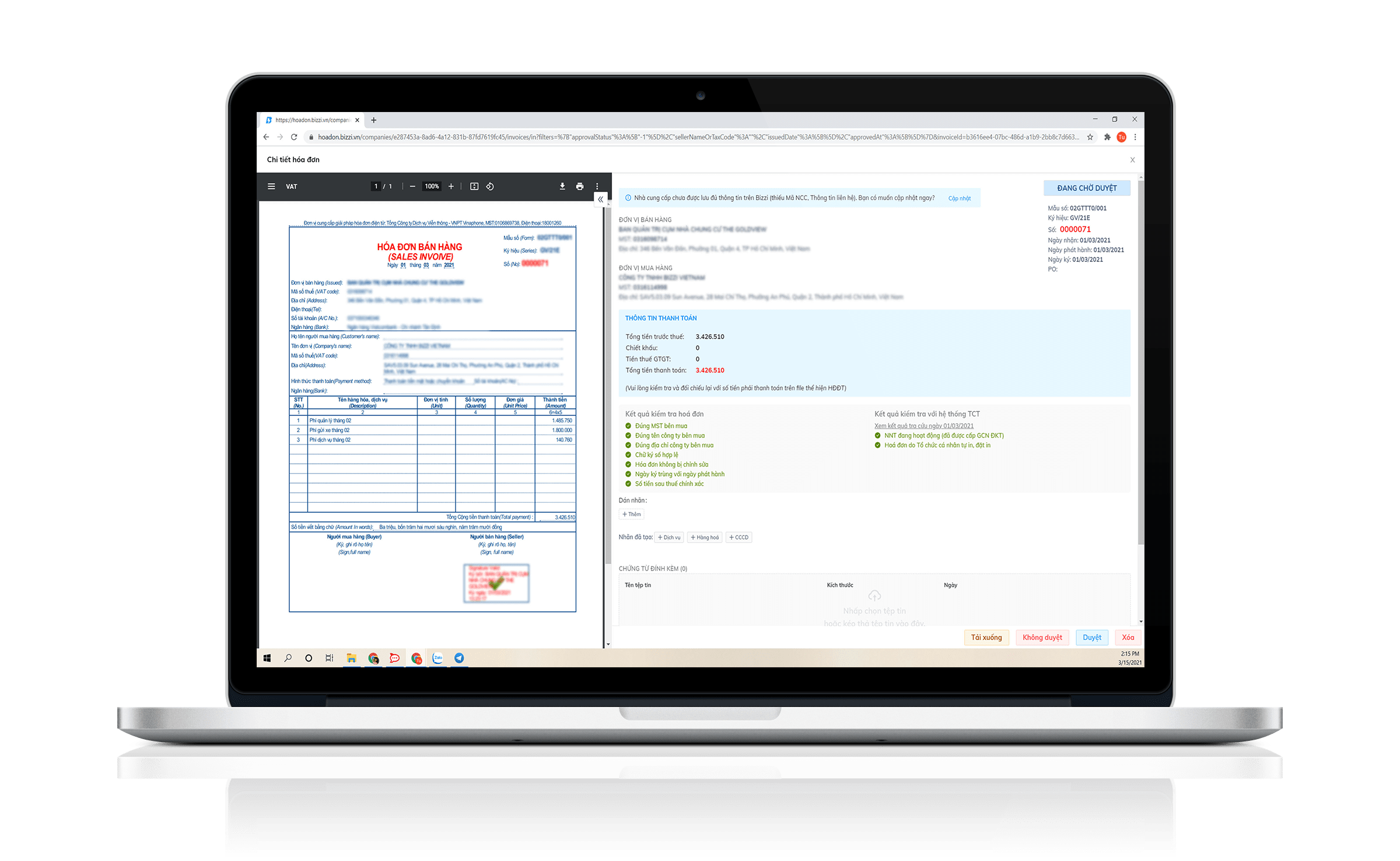RPA, short for robotic process automation, is an accounting automation process system that is starting to be widely used in the accounting and finance world today. Let's take a look at the directions of RPA development this year with Bizzi.
1. Adoption moves to measure and re-evaluate performance
The question in 2021 is not whether RPA will evolve. Instead, users and software developers will judge how effective these RPA initiatives are.
Because until now many organizations have simply gotten some form of RPA up and running, figured out the technology's capabilities, and learned some initial lessons along the way. As is the case with many emerging technologies, there is a possibility that the RPA “bubble” will burst if multiple implementations do not go as smoothly as planned.
As a result, what we will see over the next year is a re-evaluation of whether many RPA projects have been effectively architected and whether the underlying business processes are understood well enough for effective automation. on a large scale or not.
2. Focus more on the process
Robotic process automation is a hot topic in the business world and tends to attract excessive attention in the current climate.
What everyone is looking forward to, however, is a deeper focus on process understanding and optimization. It is a direct result of moving from RPA adoption to evaluation and optimization.
Many organizations will find their initial efforts were hindered by processes they did not fully understand or were simply not suited to RPA.
Predictions suggest that technologies and process exploits will get more attention in the new year. Related terms and technologies such as process discovery, process intelligence, process optimization, and process orchestration will similarly become a larger part of the RPA vocabulary and toolkit.

3. RPA use cases are increasingly expanding beyond finance and accounting
Finance departments are quickly becoming a fertile market for RPA growth in the enterprise. However, finance is certainly not the only fertile ground for RPA.
Jon Knisley, principal, automation and process excellence at FortressIQ, expects RPA and underlying process improvements to diffuse more quickly into other business functions as previous adopters look to expand its use cases.
Knisley said: “Customer experience is an emerging area for process intelligence and RPA as companies look to expand beyond traditional accounting and finance practices. Companies that begin to adopt RPA for different business functions will be best served by ensuring that they first understand what they are automating.”
Chris Huff, Chief Strategy Officer at Kofax, said: “The first step in digital transformation for many organizations is implementing RPA for tedious and time-consuming tasks like data entry. In 2021, organizations will upgrade and increasingly leverage the power of RPA for higher value use cases to transform their business processes.”
4. Data privacy becomes a bigger concern for RPA.
The expansion of RPA use cases to departments like HR highlights another potential development, according to Knisley. There are growing concerns around data privacy and security as they relate to RPA.
Not only is this a function that expands usage, but it also has the potential to increase how organizations deploy related technologies such as process mining or what Knisley calls “intelligent processes.”
As it becomes easier to discover data across systems and automate its movement using RPA and other technologies, the risks increase.
Knisley said: “Traditionally, data mining applications were limited to core back-office ERP applications that generate log files to serve as the primary data source.
“With the emergence of process intelligence and data collection at the front-end layer, the variety and volume of data has increased dramatically.
Richer data sets allow more meaningful insights to be discovered, but at the same time the potential for data leaks increases. Companies have a moral and ethical responsibility to address use cases that could abuse similar advances in technology.”
5. RPA becomes tighter with additional technologies.
Both the process and automation layers of RPA will become more integrated with other technologies as end users and RPA vendors look to build on the fundamental capabilities of RPA software.
The common theme here is greater integration between processes and systems, as well as better integration and alignment between complementary technologies, such as process mining, RPA, and AI areas such as market computer sense or machine learning.
Stephen DeWitt, chief strategy officer at Automation Anywhere, said: “As the following years unfold, this system will have new levels of integration and capabilities. As businesses consider themselves digital natives, results-driven processes and contextual automation for their customers and workers will be fundamental by the middle of this decade.”.
Many experts note that AI and automation done properly will still require a lot of human interaction and supervision.
But today's relatively ordinary RPA bot could soon do more in automation.
“By the middle of this decade, or in some cases, next year, we will be able to automate the process,” DeWitt said, “and once this moment happens, the business will be able to rewrite itself.”
Bizzi – Automated and comprehensive Invoice management technology solution
- Automatically extract, check the validity of Invoices.
- Reduce 80% time to process incoming e-invoices.
- Manage and store invoices efficiently and scientifically.
See more:


